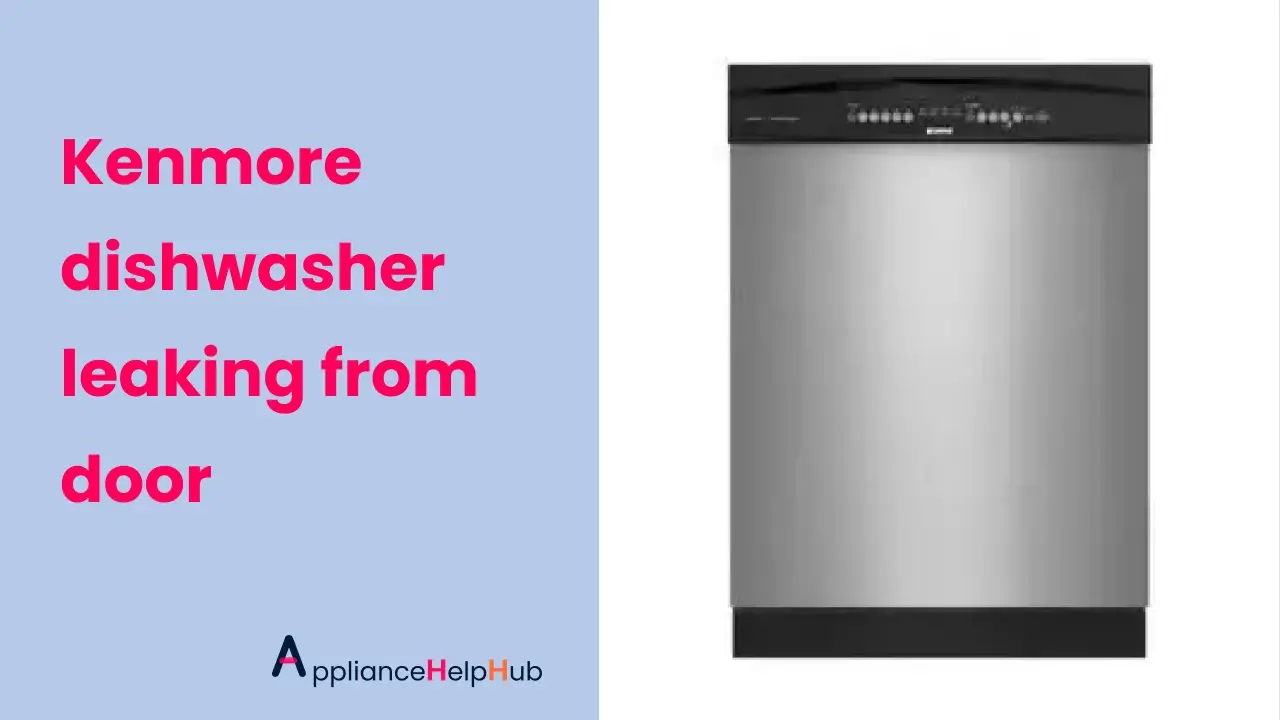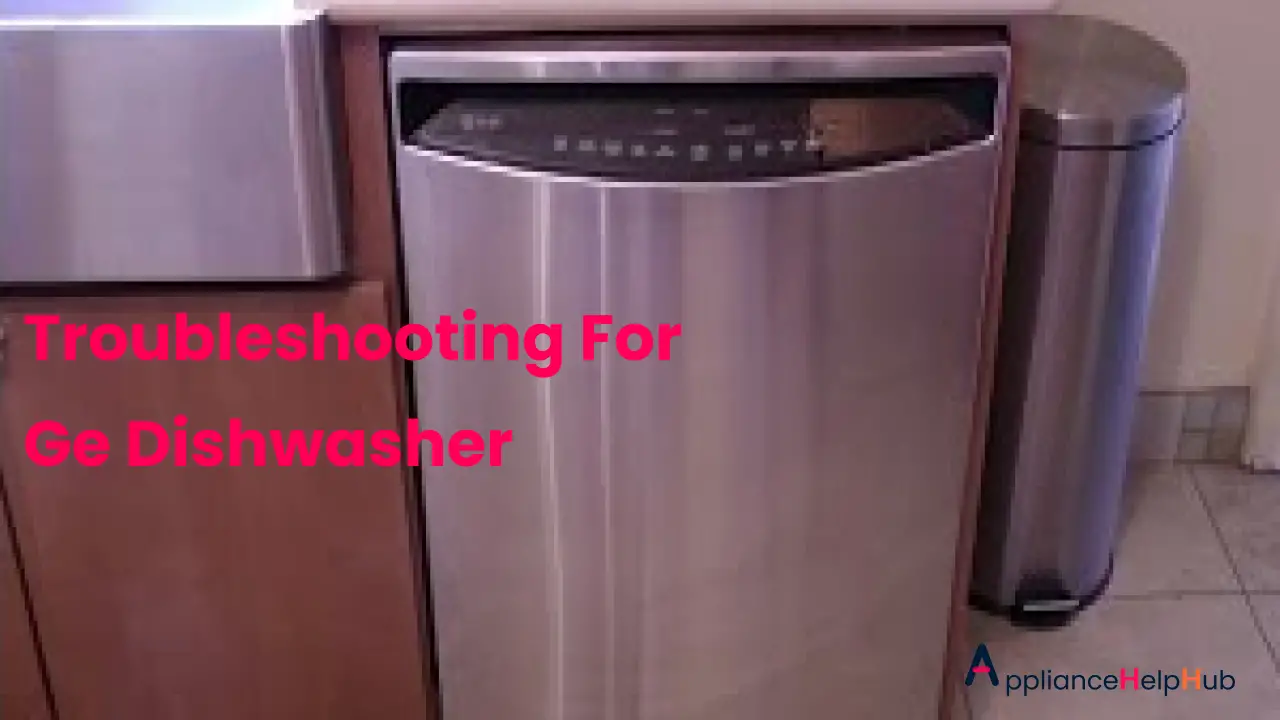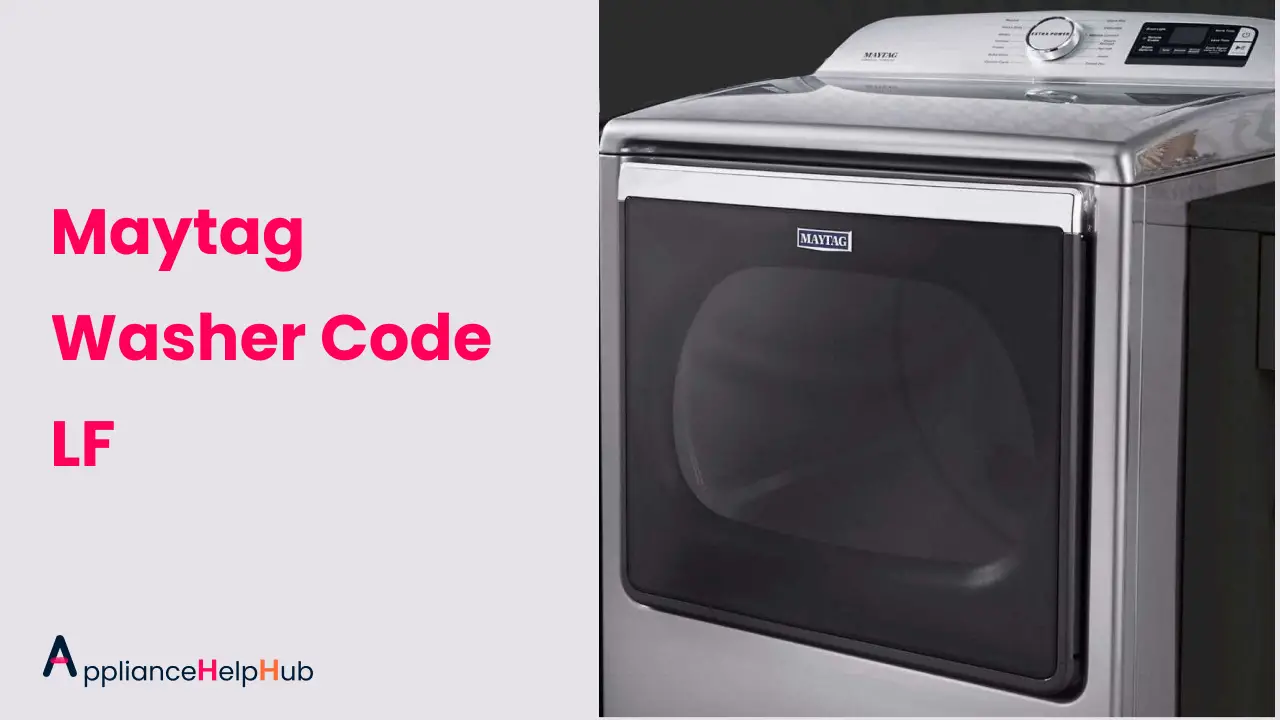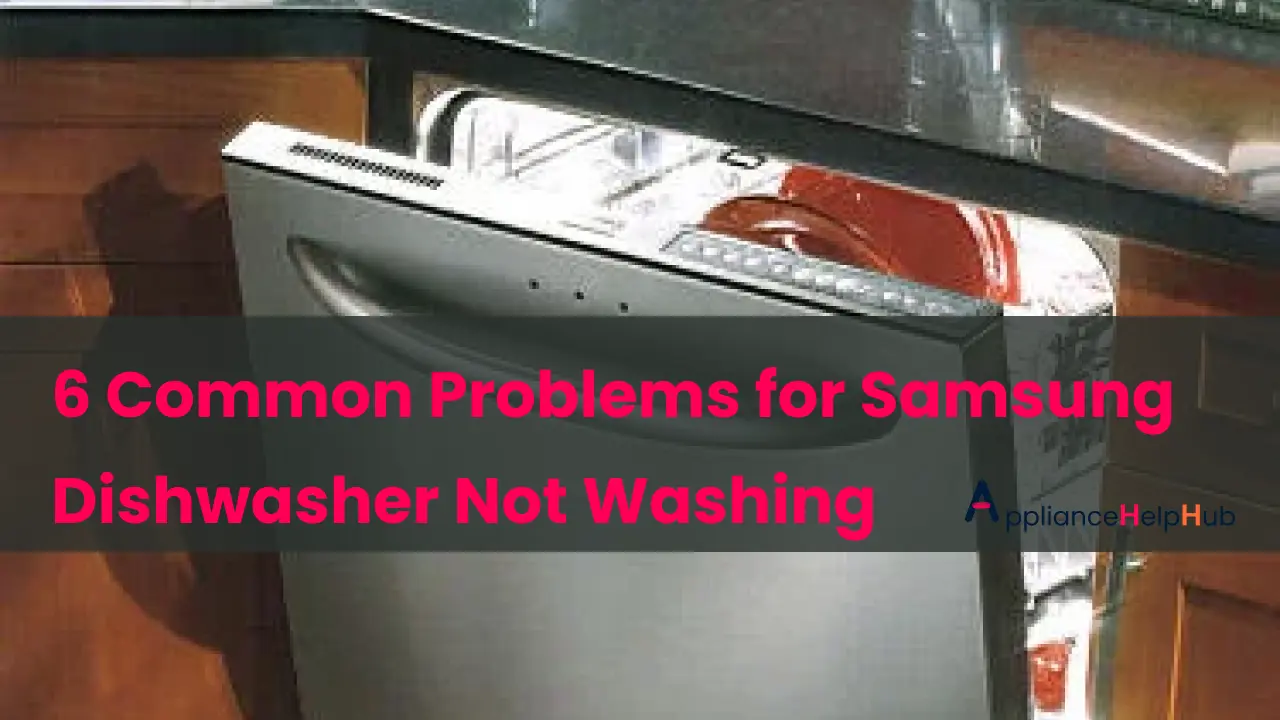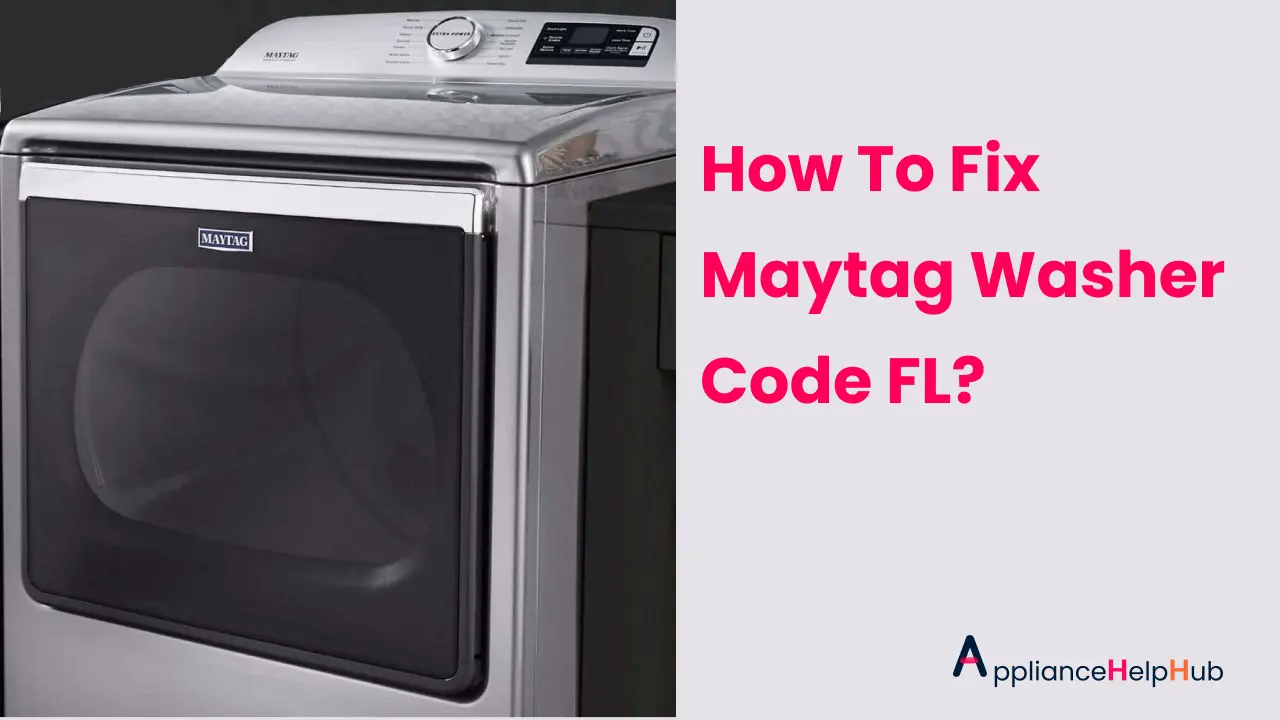Drawing from years of experience as a proficient technician, I’ve dealt with numerous issues concerning Kenmore dishwashers, one common challenge being leakage from the dishwasher door that many homeowners face. In this blog entry, we will delve into the primary causes of this leakage and provide an in-depth guide on troubleshooting Kenmore dishwashers. This guide is designed to help you quickly and effectively tackle the problem.
Kenmore dishwashers are renowned for their reliability and performance. However, like any appliance, they can develop issues over time. Leaks from the dishwasher door can stem from various factors, including faulty door gaskets, loose hinges, improper loading, defective latches, or worn-out hinges. Understanding these causes is crucial for successful troubleshooting.
Kenmore dishwasher leaking from door
If you’ve noticed water pooling around your Kenmore dishwasher’s door, it’s highly likely that you’re dealing with a leak. Additionally, you may observe dampness on the floor surrounding the dishwasher or encounter water damage to nearby cabinetry. Ignoring these leaks can lead to more severe consequences, such as mold growth, damage to the flooring, or electrical hazards.
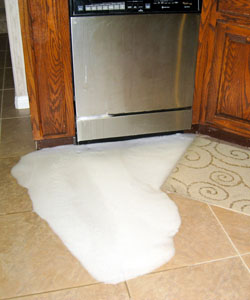
Why is my Kenmore dishwasher leaking from the door?
The Kenmore dishwasher is leaking from the door because of the Faulty Door Gasket or Seal, Loose or Damaged Door Hinges, Improper Loading or Overloading, Defective Door Latch or Latch Assembly and Worn-out or Damaged Door Hinges.
Faulty Door Gasket or Seal
Leaks often occur when the door gasket or seal becomes worn, damaged, or misaligned. Inspect the gasket for signs of wear, tears, or gaps that may compromise its effectiveness.
Loose or Damaged Door Hinges
Over time, the door hinges can loosen or sustain damage, preventing the door from closing tightly and resulting in leaks. Check for any visible signs of looseness or hinge damage.
Improper Loading or Overloading
Placing dishes improperly or overloading the dishwasher can exert excessive pressure on the door, causing leaks. Ensure dishes are arranged correctly and avoid overloading the dishwasher.
Defective Door Latch or Latch Assembly
A malfunctioning door latch can prevent the door from closing securely, leading to leaks. Inspect the latch for any defects or issues with the latch assembly.
Worn-out or Damaged Door Hinges
Over time, door hinges can wear out or sustain damage, compromising the door’s ability to close tightly. Check the hinges for signs of wear or damage.
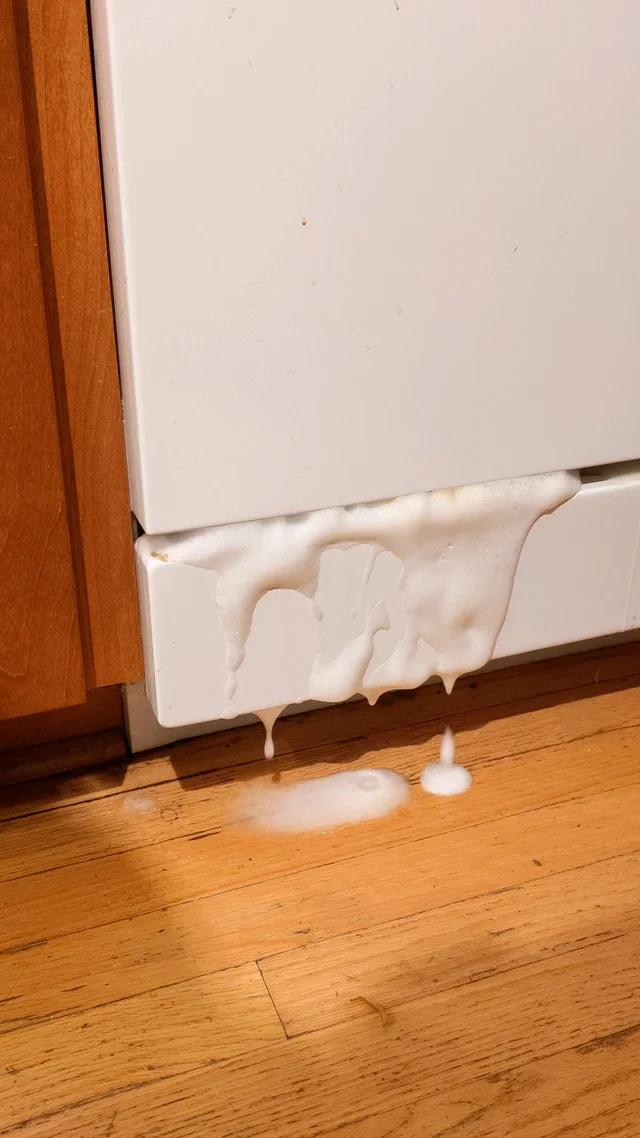
How To Fix Kenmore dishwasher leaking from door?
Step 1: Inspecting the Door Gasket or Seal
- Examine the door gasket for signs of wear, tears, or gaps.
- If damaged, replace the gasket with a compatible replacement part.
Step 2: Checking the Door Hinges
- Inspect the hinges for looseness or visible damage.
- Tighten loose hinges or replace damaged ones if necessary.
Step 3: Evaluating Loading Techniques
- Ensure dishes are properly arranged, allowing the door to close without strain.
- Avoid overloading the dishwasher, as it can contribute to leaks.
Step 4: Examining the Door Latch or Latch Assembly
- Check the latch for defects or malfunctions.
- Repair or replace the latch if required.
Step 5: Verifying the Condition of Door Hinges
- Check for wear or damage on the door hinges.
- Replace worn-out or damaged hinges to ensure a tight seal.
Regularly inspecting the door gasket, hinges, and latch assembly will help you catch any signs of wear or damage early on. Replace worn-out or damaged components to maintain a tight seal and prevent leaks. Additionally, practicing proper loading techniques, such as arranging dishes correctly and avoiding overloading, will alleviate strain on the door and minimize the risk of leaks.
Prevention and Maintenance Tips
To prevent future leaks and maintain the optimal performance of your Kenmore dishwasher, consider the following tips:
- Regularly inspect the door gasket and hinges for signs of wear or damage.
- Practice proper loading techniques to avoid strain on the door and gasket.
- Clean and maintain your dishwasher regularly to prevent clogs and blockages.
- Promptly address any identified issues to prevent further damage or leaks.
Remember, preventive maintenance is key to prolonging the lifespan of your Kenmore dishwasher and ensuring its optimal performance. Clean the dishwasher regularly, removing any debris or food particles that can clog the drain or cause blockages. Address any identified issues promptly to prevent them from escalating into more significant problems.
FAQ Kenmore dishwasher leaking from door
Why is the clean light on my Kenmore dishwasher blinking?
The blinking clean light on a Kenmore dishwasher is an indicator of a potential issue. It usually signifies a problem with the dishwasher’s cycle or a fault in the system that needs attention
Why is my Kenmore dishwasher not starting?
If your Kenmore dishwasher is not starting, there are a few common causes to consider. First, check the power supply by ensuring the dishwasher is properly plugged into a functioning outlet and that the circuit breaker or fuse is not tripped or blown. Next, make sure the dishwasher door is fully closed and securely latched. Some models may have a control lock feature, so check if the control panel is locked and try unlocking it. If the issue persists, it is recommended to consult the dishwasher’s manual or contact Kenmore customer support for further assistance.
Why is it important to clean the filter in my Kenmore dishwasher?
How to clean Kenmore dishwasher is essential to maintain its optimal performance. The filter traps food particles and debris, preventing them from clogging the dishwasher’s drain and spray arms. Regular cleaning of the filter ensures efficient cleaning and helps prevent unpleasant odors.
What are the most common reasons why a Kenmore dishwasher might leak from the door?
The most common reasons why a Kenmore dishwasher might leak from the door are:
- Damaged door seal
- Loose door hinge
- Improper installation
- Defective water inlet valve
- Clogged drain pump
What should I do if my Kenmore dishwasher is still leaking from the door after I have tried the troubleshooting steps?
If your Kenmore dishwasher is still leaking from the door after you have tried the troubleshooting steps, you may need to call a qualified technician for assistance.
Here are some additional tips to help prevent your Kenmore dishwasher from leaking from the door:
- Clean the door seal regularly with a mild soap and water solution.
- Make sure that the dishwasher is level.
- Avoid overloading the dishwasher.
- Do not put any sharp objects in the dishwasher.
- Inspect the dishwasher for any damage before each use.
Conclusion
If you have a Kenmore dishwasher leaking from the door, it’s crucial to take action promptly to avoid further damage and potential consequences. By following the troubleshooting steps outlined in this guide, you can identify the underlying causes of the leak and take appropriate measures to resolve them.
If you find yourself unsure or unable to troubleshoot the issue on your own, it’s always advisable to seek professional assistance. Certified technicians have the expertise and tools necessary to diagnose and resolve complex dishwasher problems effectively.
In conclusion, a Kenmore dishwasher leaking from door can be a frustrating issue, but it’s one that can be resolved with proper troubleshooting. By inspecting the door gasket, hinges, latch assembly, and loading techniques, you can identify and address the underlying causes of the leak. Remember to practice regular maintenance and seek professional help if needed. With these steps, you can restore your dishwasher’s functionality and enjoy a leak-free kitchen once again.

